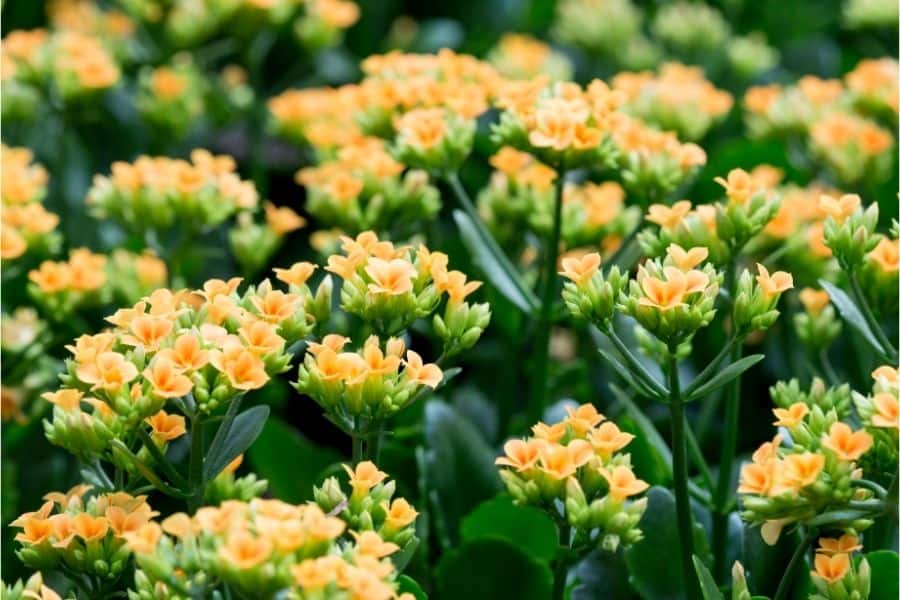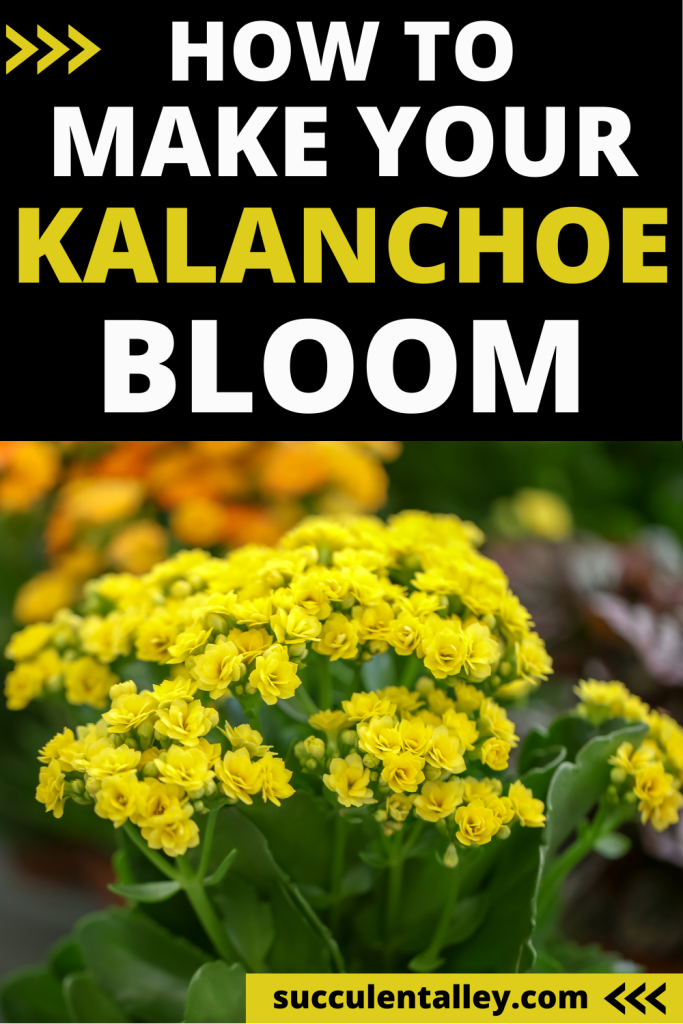Kalanchoe Reblooming Hacks: Bring Life to Your Succulents
As a plant lover with a special fondness for the vibrant Kalanchoe, I’m thrilled to share my tried-and-true methods for coaxing these beauties into a second, spectacular blooming season. While getting Kalanchoe to rebloom can be a delicate dance, the joy of witnessing their renewed floral splendor is well worth the effort. In this blog, I’ll not only guide you through the steps to encourage reblooming but also offer insights on reviving a struggling Kalanchoe, because every plant deserves a chance to thrive. Let’s embark on this botanical adventure together and unlock the secrets to keeping your Kalanchoe in radiant bloom.

Contents
How Long Do Kalanchoe Blooms Last?
The enchanting blooms of Kalanchoe grace our lives for several weeks, and sometimes even months. As a dedicated plant lover, I’ve delved into the secrets behind the blooming duration of these beautiful flowers. In their natural habitat, Kalanchoe showcases its vibrant colors towards the end of winter and the beginning of spring.
This magical transformation occurs because Kalanchoe is a “short-day” plant, meaning it requires at least 13 hours of darkness each day to initiate the blooming process. As the days grow longer, this cycle slows down.
However, if we don’t give Kalanchoe the proper resting phase, its blooming may suffer or not occur at all.
How To Make Kalanchoe Bloom A Second Time
Most people cultivate this remarkable plant for just one season and later bid it farewell. The reason being that achieving a second bloom seems challenging at first glance, but fear not! Once you discover the hidden trick, it becomes remarkably simple. Known as the Widow’s-thrill, Kalanchoe needs specific care to develop flower buds:
- Provide a period of rest for the plant.
- During this phase, keep light and water to a minimum.
- Maintain a cool environment for the plant.
- Ensure it receives no more than eight to nine hours of light per day, whether natural or artificial.
- Keep temperatures below 59°F (15°C).
- Limit watering to a minimum and avoid fertilization altogether.
- From 6 p.m. to 9 a.m., keep the Kalanchoe in complete darkness. If necessary, cover it with a box or place it in a cupboard or windowless room.
- This phase should begin in November and last for approximately six weeks, resulting in the formation of flower buds the following year.
To further extend the blooming period, you can pluck the withered flowers regularly. Be sure only to remove the flowers and not the entire stem, as this serves as the base for the second blossoming.
Tip: If your love for Kalanchoe knows no bounds, you can easily propagate it by using leaf or stem cuttings.
What To Do With Kalanchoe After Flowering
Now, what should be done with a Kalanchoe after it has finished blooming? As soon as you notice your Kalanchoe flowers dying, it is crucial to remove them from the plant to avoid wasting its energy. During the summer, keep the Kalanchoe in well-drained soil, basking in the sunny embrace of a favorable spot while maintaining moderate humidity.
Why Is My Kalanchoe Dying?
But what if your beloved Kalanchoe appears to be in decline? Don’t fret just yet, as it may not be as dire as it seems. If you find yourself seeking guidance or assistance, let’s explore how to determine if your Kalanchoe is genuinely fading away and how to revive it.
It’s essential to remember that not every dying leaf necessarily indicates the plant’s demise. Like all plants, Kalanchoe sheds old leaves as it grows, making way for new ones. However, there are instances where the plant may suffer from excess or insufficient watering.
Excess Water
In the case of over-watering, pay attention to the top leaves. If they appear unhealthy, it’s time to investigate. Over-watering is one of the primary causes of Kalanchoe’s demise. The soil composition also plays a significant role. If the leaves turn yellow and transparent while feeling wet or soft to the touch, they have likely received excess water.
Lack of Water
Conversely, if the leaves start to wrinkle and become dry and dull, it’s a clear sign that your Kalanchoe is thirsty. Thankfully, most Kalanchoe plants recover quickly when given proper hydration. However, if they have become completely wrinkled, the chances of revival decrease.
How To Revive A Dying Kalanchoe
To resurrect an overwatered Kalanchoe, cease watering immediately and assess if the soil mixture requires modification. If you spot black spots on the stem, it’s crucial to remove the affected parts promptly to prevent further spread. Allow the trimmed sections to dry for 3 to 5 days before replanting—no watering during this time.
You can also salvage the lower portion of the plant. Wait until the soil, even at the bottom of the pot, is completely dry before watering. While the original plant’s survival may be uncertain, it’s worth remaining patient to witness any signs of recovery from over-watering and delay the unfortunate fate.
Reviving a Kalanchoe suffering from insufficient water is generally more promising than saving an over-watered one. Nevertheless, mastering the delicate balance of watering remains crucial. By familiarizing yourself with the signs and symptoms of watering challenges, you’ll be equipped to save your Kalanchoe before it’s too late. These indicators serve as a valuable guide to diagnose any issues your succulent may encounter.

